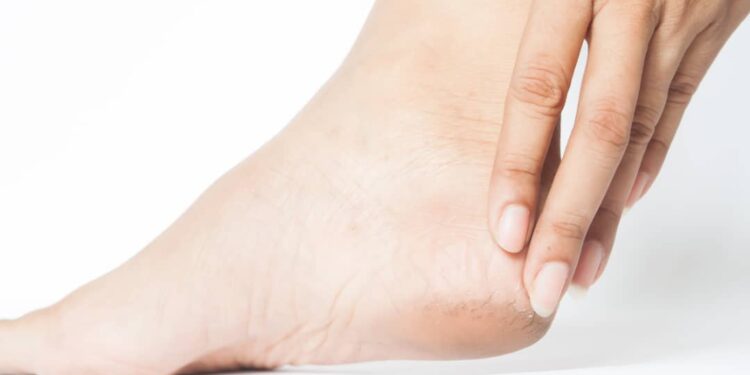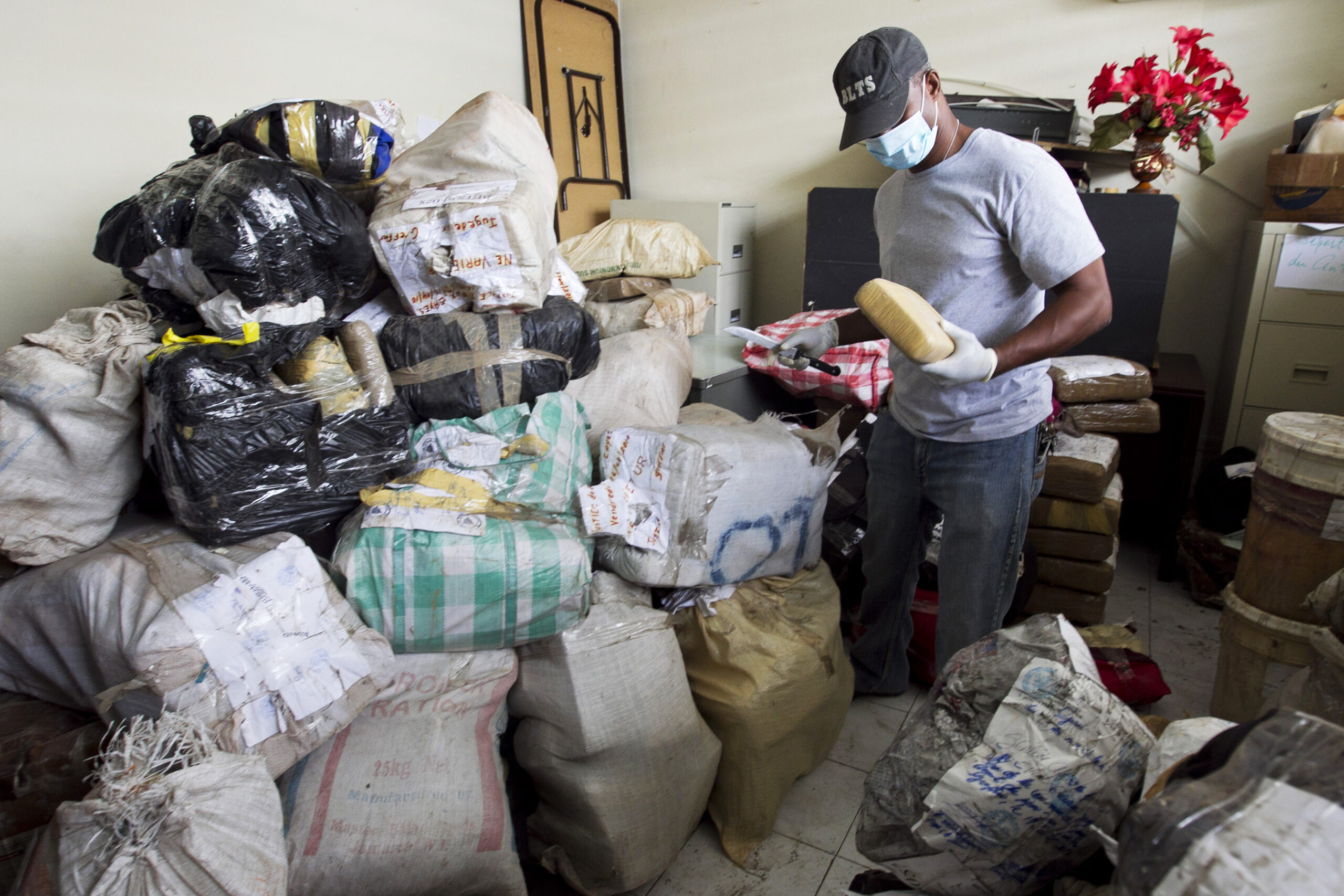Our feet have the hard work of bearing our weight as we stand, walk and run. However, it can be embarrassing and awkward, having to do all the aforementioned activities with dry, cracked feet but it can’t be helped as it is those activities that cause the feet to become hard, dry and callous.
In fact, it is not common knowledge that having dry feet is more common than dry skin but this is not surprising because the soles of the feet lack oil producing glands. This leads to dehydration, which in turn causes dry soles.
This problem sometimes occurs due to factors that cannot be controlled but luckily there are a number of ways to solve and prevent it.
What Causes Dry Feet?
The causes of dry feet vary but lifestyle changes, bad hygiene, heat, open back shoes, poor eating habits, humidity, certain soaps, cold weather, prolonged standing, certain skin conditions, excessive exercising and walking are all big contributors to this condition that can at times feel itchy, tight and irritating.
What are the Symptoms?
Asides from the feet being dry to touch, the sole’s heel would usually have a thicker area of skin known as callus around it.
Also, the skin on the feet usually start to peel or flake.
Finally, and probably the most noticeable symptom is the appearance of cracks or fissures on the heels. In extreme cases, these cracks will bleed.
How Can it be Treated?

Fortunately, having an excellent daily routine will help prevent dry or cracked feet from forming.
Below are the advice from dermatologists on preventing dry and cracked feet:
1. Wearing Proper Shoes:
Since wearing open-backed shoes is known to cause this, avoiding them can help prevent their formation. For context, this includes slingbacks, flip-flops, slippers, and ill-fitting shoes.
2. Protecting Your Heels:
During the daytime, make sure to apply liquid bandages over your heels (especially if they are cracked) can help speed up the healing process, relieve pain and prevent infection on the affected foot.
3. Reduce Your Shower Time:
Limiting your shower or bath times to 5-10 minutes can help prevent having dry, cracked soles. I’m addition, exercise care when toweling off after bathing so as not to wipe all the moisture from the feet.
4. Moisturize Immediately After Showering:
Dermatologists recommend using feet creams that contain alpha hydroxy acid, salicylic acid and 10-25% urea. These should be applied immediately after bathing, or anytime the feet feels dry or tight.
Also, applying petroleum jelly to the affect area(s) just before bedtime has proven to be helpful.
Tip: To avoid staining your bedsheets, consider wearing socks, it helps to lock in moisture as well.
Takeaways
- It is important to keep the feet moisturized and avoid harsh soaps or hot baths as they can exacerbate dryness.
- If the condition persists or worsens, despite your best efforts at home treatments, consult a healthcare professional.

















